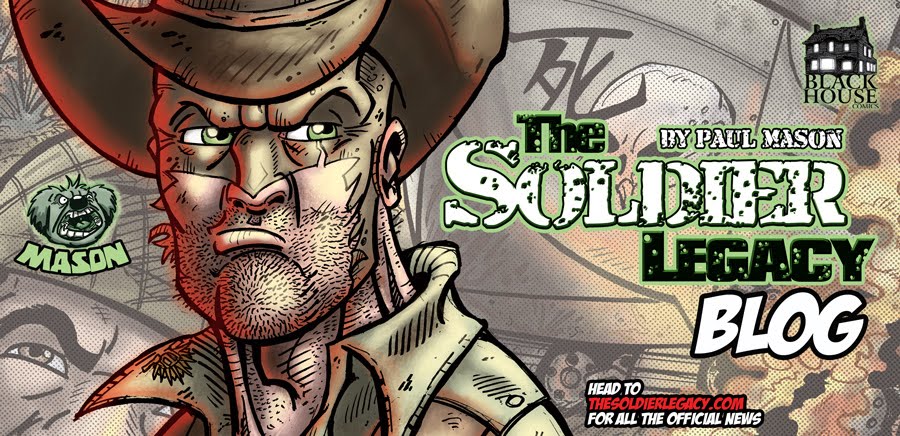http://girlygeekspeak.com.au/blog/spider-mans-origins/
Hey! So I wrote another article for the great guys at Geek Speak TV/Girly Geek Speak this week, all touching on Spider-man's origins, both inside and outside the comic book, and bits on the upcoming 'Amazing Spider-man' flick next week.
Here's a chunk that I ended up axing, because overall, the first draft was very pseudo- academic (or "dry" :P). Thankfully, this was pointed out to me by Geek Speak co-Host Amanda Bacchi on first read before upload. Oops. Fixed. Comic-ers might appreciate the jabbering below:
"This simple story thrown in to the back of a defunct sci-fi
comic, is a fantastic example of concise, compelling storytelling- All we learn
about Peter, this basic, original blue print for Peter’s life exists in a mere
11 pages. Even Grant Morrison points out the comparison between the 11 pages of
Peter’s origin story Lee and Ditko tell as opposed to the six 22 pages it take
to tell an updated version in ‘Ultimate Spider-man’. Of course, Bendis’s
version lays out more detail and introduces the villain connections to
Spider-man’s origin (much like many Hollywood films where the hero and villain
have that family-like connection, as this helps to create empathetic tension
and inner conflict within the hero- but I’m getting off topic). The point is,
in only 11 pages we are treated to Peter Parker’s full gamut of emotions, with
the events unfolding leaving him forever changed. That’s
scriptwriting/character development 101 in a neat package, folks."
Ditko tells this story visually with very little bravado,
using a 3 tier, loose grid layout for the majority of the comic to tell the
story. In this sense, the panels don’t necessarily come into play by emphasising
a point in the story, unless called for, such as the bigger panel focusing on
Uncle Ben’s Killer’s identity. Ditko’s panels subconsciously make the reader
immerse themselves panel by panel into the narrative itself without distracting
or confusing the eye with a splashy layout; just character posing, scale of
figures, and clear, uncluttered artwork. Whether consciously or subconsciously deliberate,
deadline driven or not, the comic is concise, straight to the point, effective
storytelling. Why waste a page or two on introducing normality of the
character’s home life, when we can get a sense of Peter’s loving home life and
relationship with his Aunt and Uncle in 2 panels?
It took over 6 months for sales figures to come back before
Martin Goodman realised that there was something more to this ‘Spider-man’
character, with ‘The Amazing Spider-man’ #1 published the following year. With
Peter’s life kicking off were AF #15 left off, Lee and Ditko set the
foundations for one of comic’s biggest successes. With a rogues gallery
established upfront that rival Batman’s or Dick Tracey’s for weird, wonderful
and downright diabolical, I look forward to seeing how this reboot will fair in
adding to the wealth of Spider-man stories that have been told in one form or
another since that 11 page little origin story in 1962."



No comments:
Post a Comment